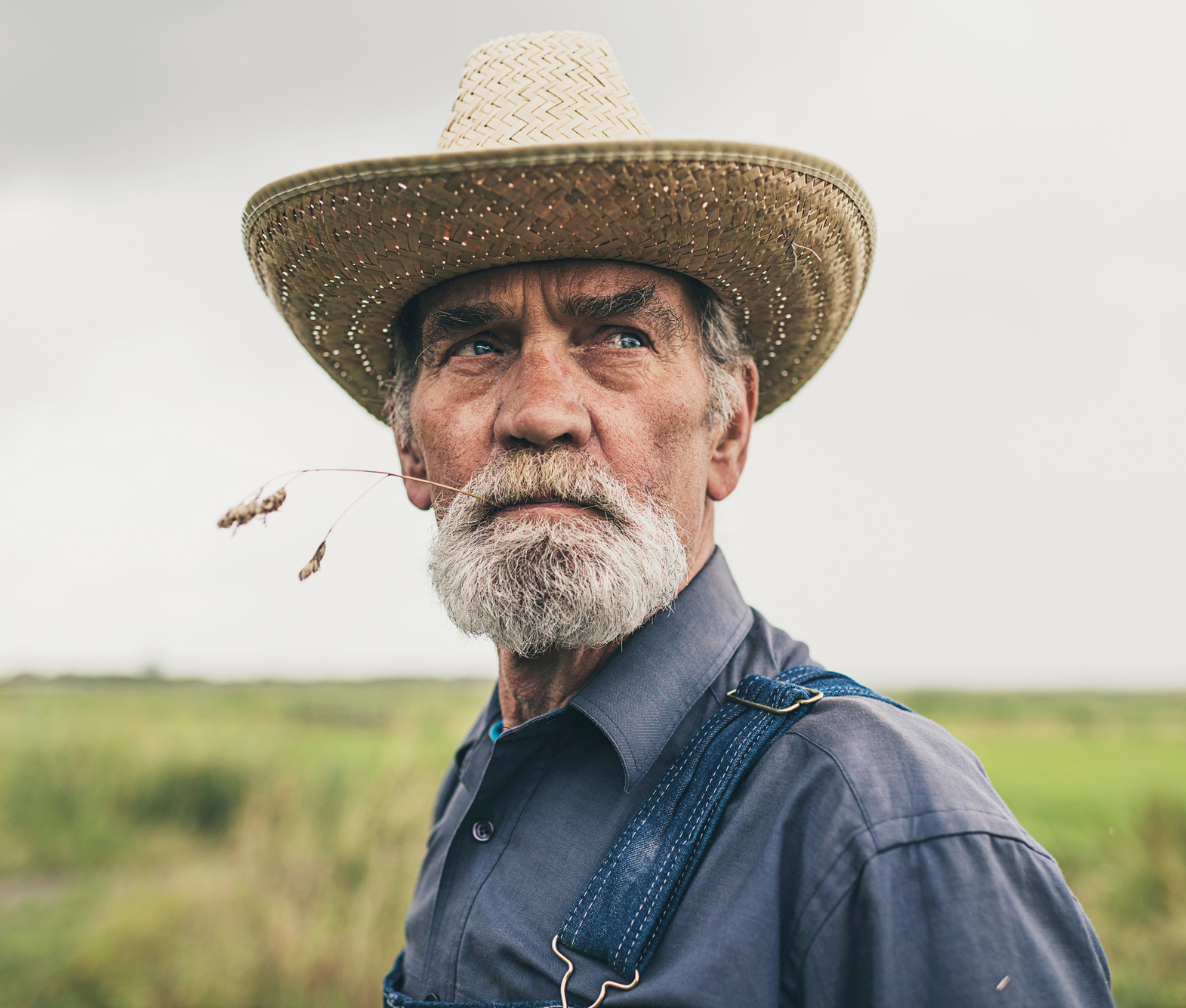Dr. Phil Cardoso
May, 2020
Different situations may require dairy farmers to limit production. One example is when a quota is imposed on dairy farmers by milk processors. Recently, the COVID-19 situation has threatened milk consumption and, therefore, could impose challenges to dairy farmers’ ability to deliver their farm’s milk production. Here are some strategies that will help you limit your farm’s production and costs if need be.
- Overall, the idea is to maximize the amount of milk per unit of production unit (i.e., cow) but reduce the number of producing units as much as possible. Review your animal inventory and the number of cows per pen to detect any overcrowding situation. There is research supporting a suggested occupancy no higher than 85 to 90% in the pre-fresh and fresh cow pens.
- Along the same lines, consider culling your low producers, and do not breed cows.
- Consider going from 3X to 2X milking frequency in mid- to late-lactation cows. That could reduce costs and limit production to some extent. Alternatively, milking fresh cows 4X and the other lactating cows 2X has been shown to capture increased peak milk, which is reflected throughout the rest of the cow’s lactation, with reduced milking costs (milking a few cows 4X vs. the whole herd 3X). It is essential to watch for cows’ body condition score (BCS) in these conditions to make sure the diet is well adjusted to the change in milking frequency.
- Drying off cows earlier will limit the farm’s milk production and save in feed costs and labor. Longer days dry can take a toll on cows’ metabolism, so once again, it is important to watch for BCS.
- Re-evaluate your cows’ nutrition plan with your nutritionist and veterinarian. Feed additives are often used in mid- to late-lactation cows; is there an opportunity to take some additives out of the diet during this period? Is there a chance to use more in-house forages instead of purchased feed in the diet? You do want to keep milk components up since those account for a big part of your milk check.
Make sure to consider these five strategies and how they apply to your farm. Also, have a plan for you and your collaborators on how people flow may change in your farm to allow for physical distancing as much as possible. I am glad to chat more in-depth with you about these strategies.
 I want to thank you for being essential. Thank you for being “somebody willing to get up before dawn, milk cows, work all day in the fields, milk cows again, eat supper and then go to town and stay past midnight at a meeting of the school board” (Paul Harvey, 1978).
I want to thank you for being essential. Thank you for being “somebody willing to get up before dawn, milk cows, work all day in the fields, milk cows again, eat supper and then go to town and stay past midnight at a meeting of the school board” (Paul Harvey, 1978).
Stay strong. Stay safe!

